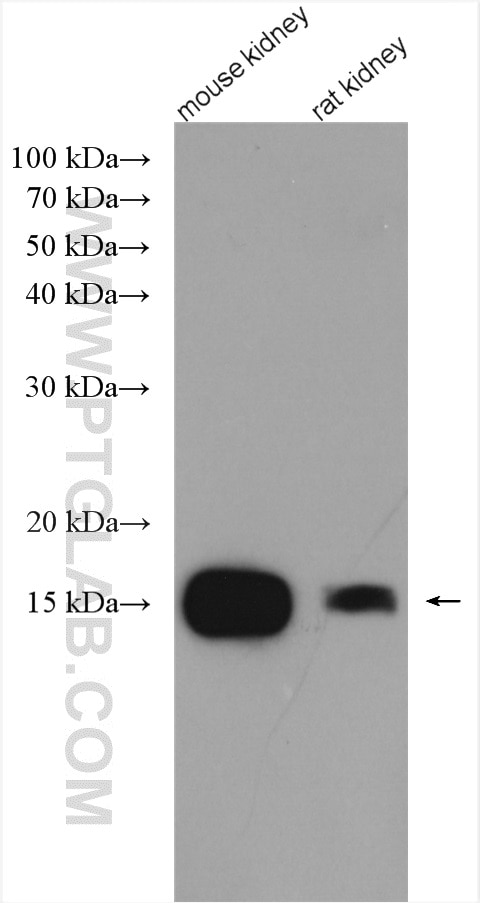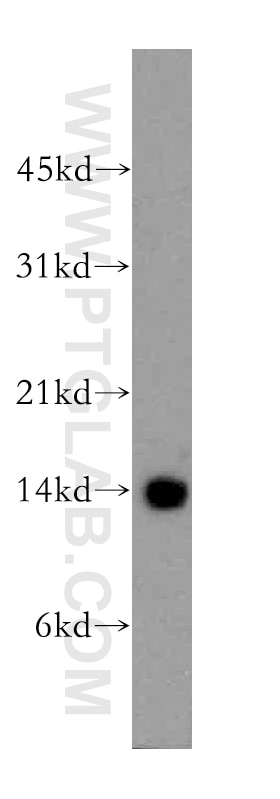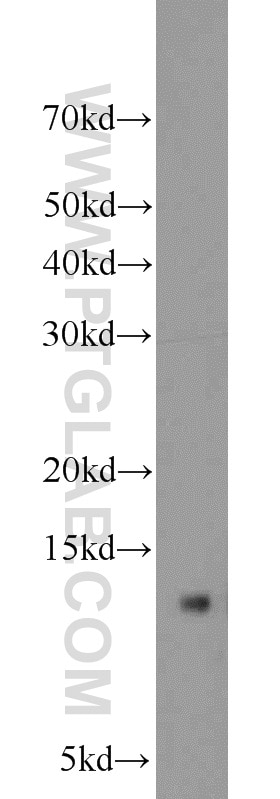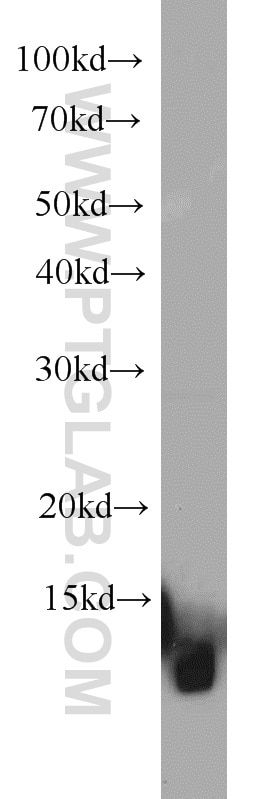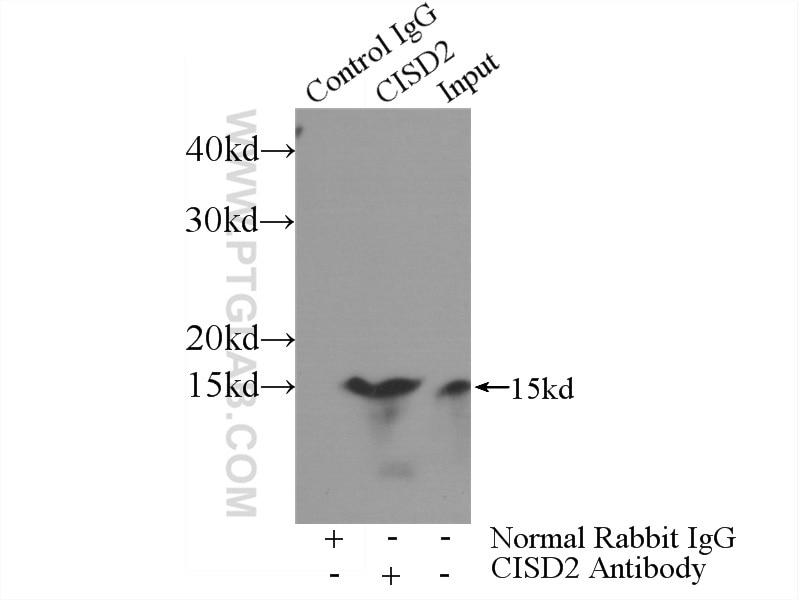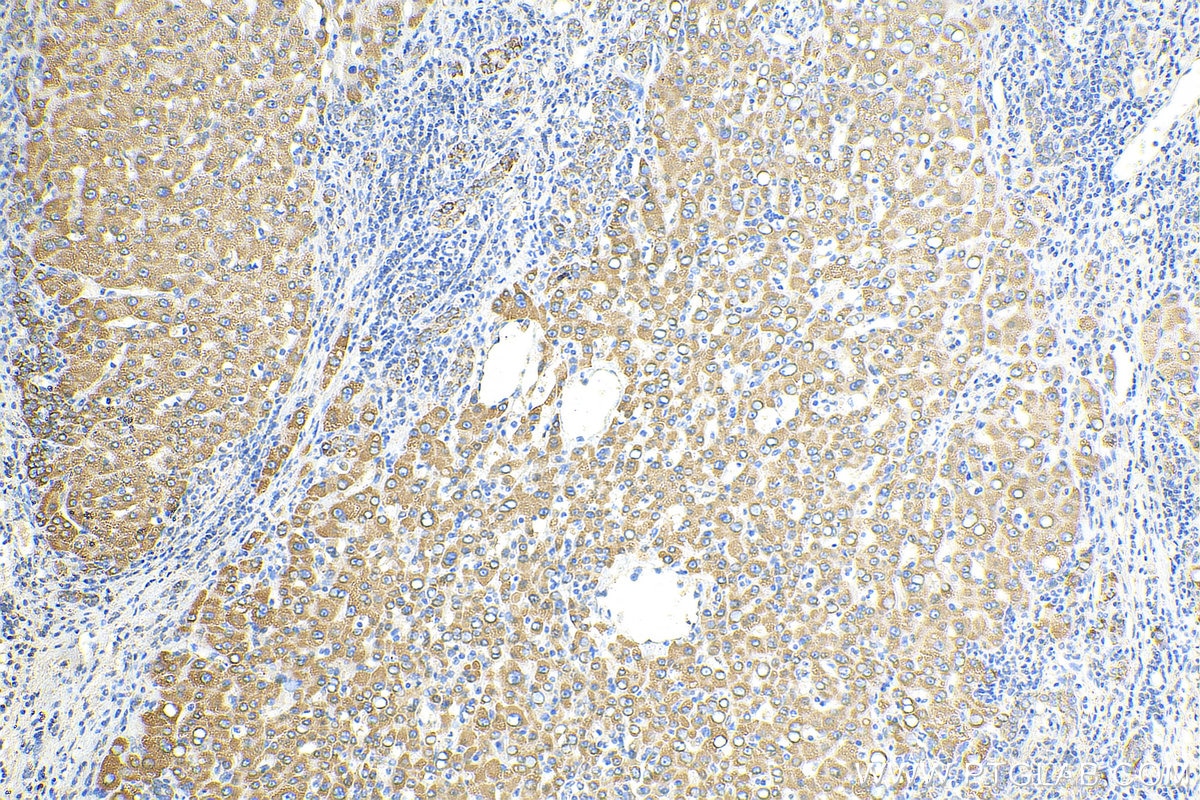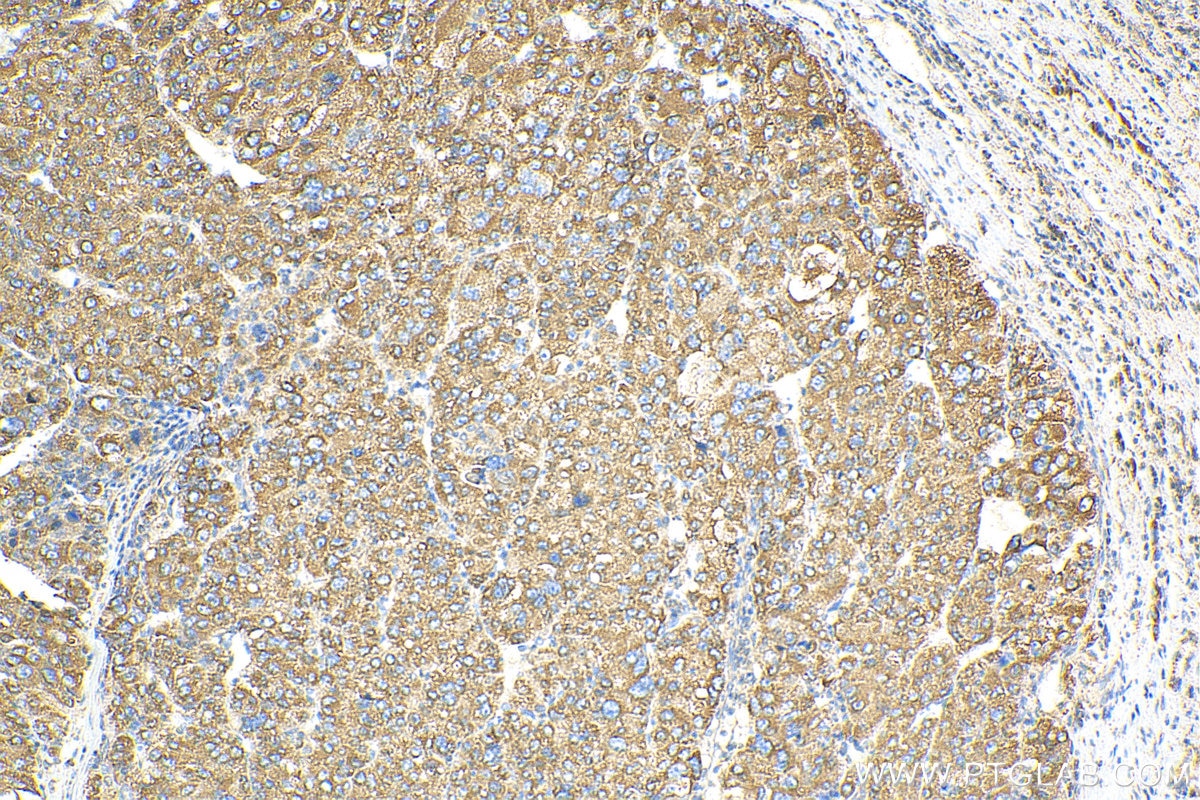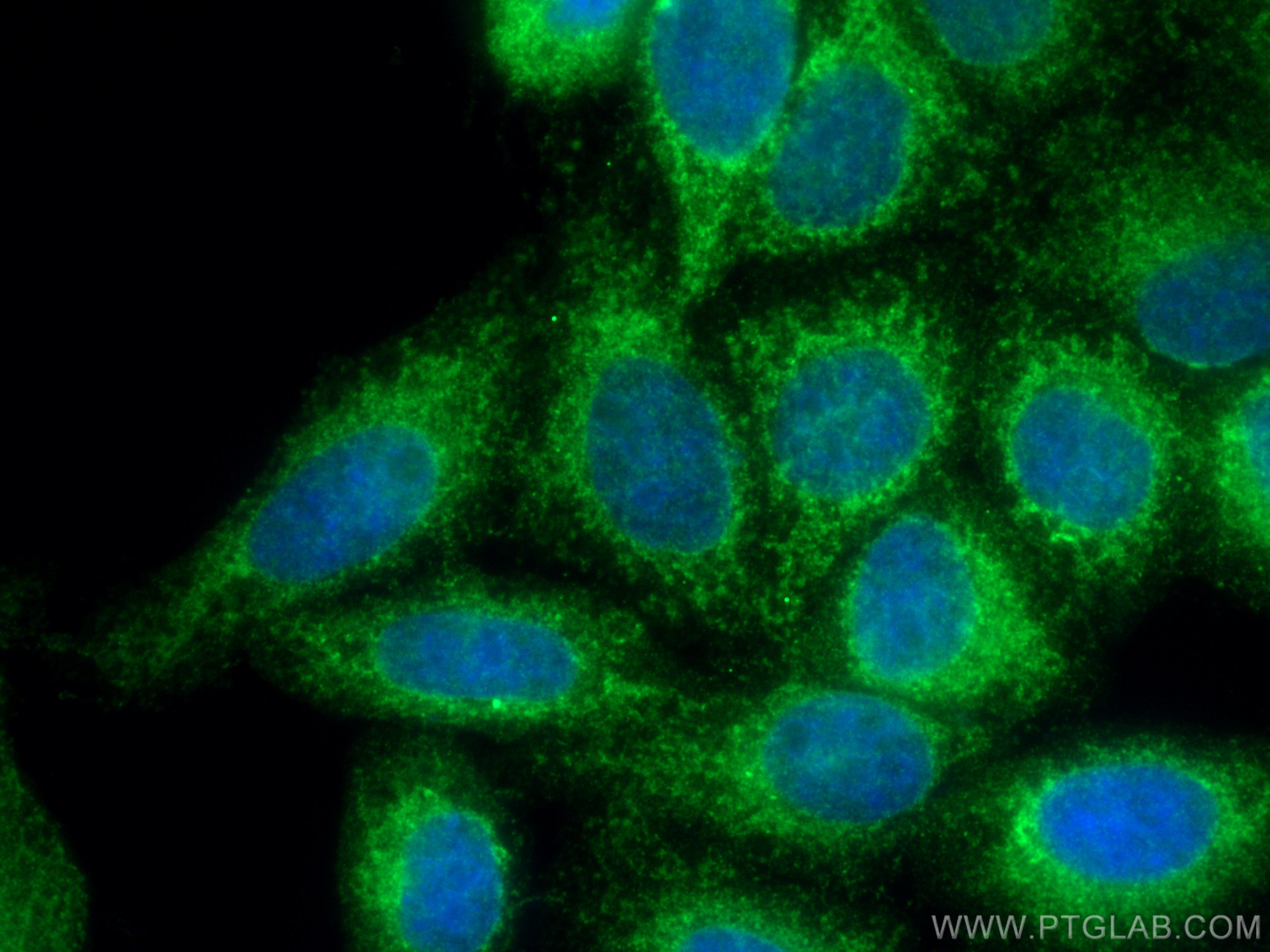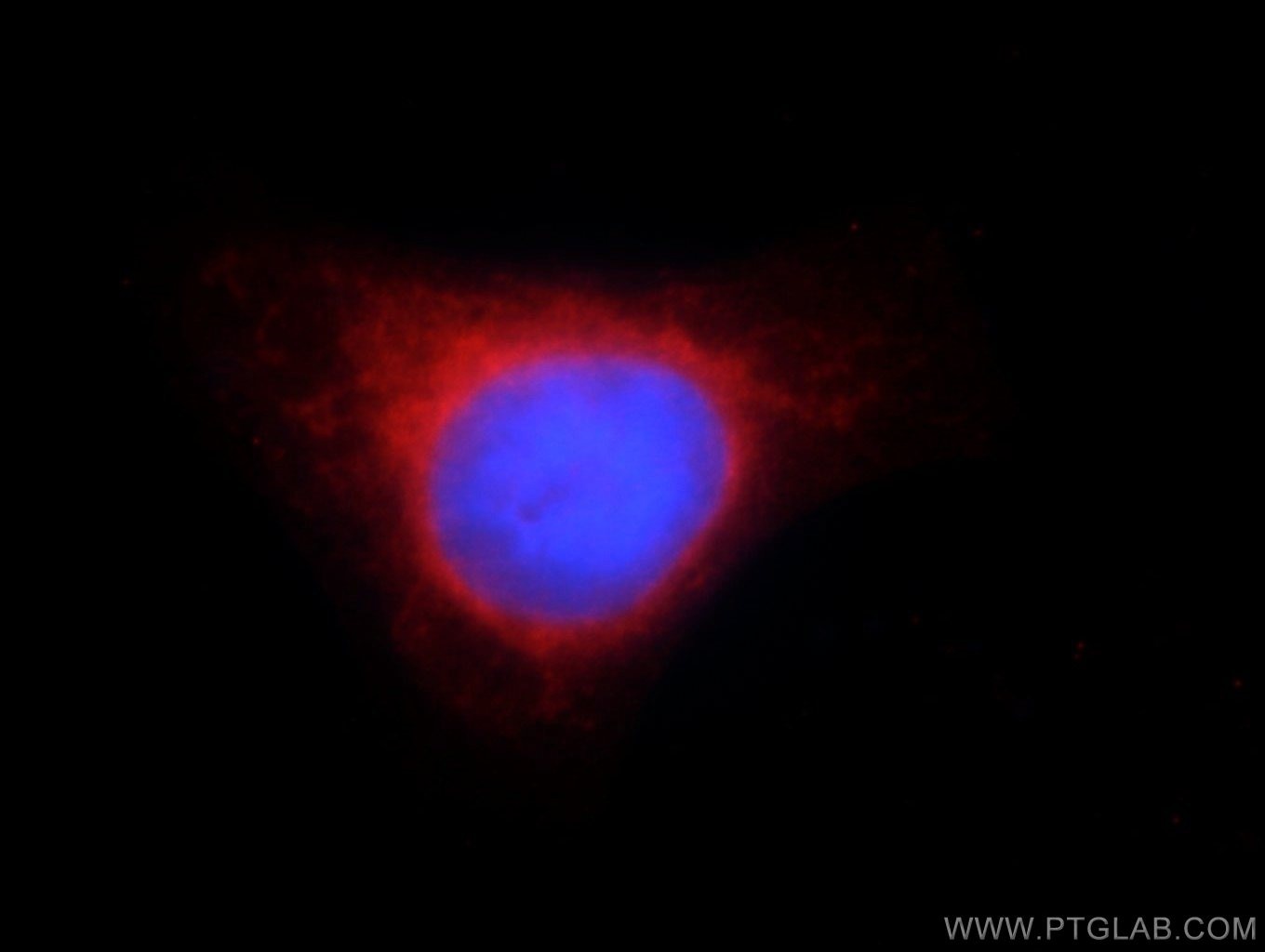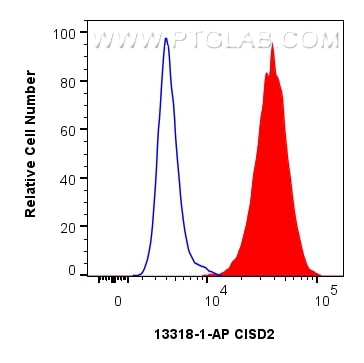Validation Data Gallery
Tested Applications
| Positive WB detected in | mouse kidney tissue, mouse brain tissue, mouse heart tissue, human brain tissue, rat kidney tissue |
| Positive IP detected in | mouse brain tissue |
| Positive IHC detected in | human liver cancer tissue Note: suggested antigen retrieval with TE buffer pH 9.0; (*) Alternatively, antigen retrieval may be performed with citrate buffer pH 6.0 |
| Positive IF/ICC detected in | HepG2 cells |
| Positive FC (Intra) detected in | HepG2 cells |
Recommended dilution
| Application | Dilution |
|---|---|
| Western Blot (WB) | WB : 1:2000-1:10000 |
| Immunoprecipitation (IP) | IP : 0.5-4.0 ug for 1.0-3.0 mg of total protein lysate |
| Immunohistochemistry (IHC) | IHC : 1:50-1:500 |
| Immunofluorescence (IF)/ICC | IF/ICC : 1:200-1:800 |
| Flow Cytometry (FC) (INTRA) | FC (INTRA) : 0.25 ug per 10^6 cells in a 100 µl suspension |
| It is recommended that this reagent should be titrated in each testing system to obtain optimal results. | |
| Sample-dependent, Check data in validation data gallery. | |
Published Applications
| KD/KO | See 9 publications below |
| WB | See 26 publications below |
| IHC | See 11 publications below |
| IF | See 4 publications below |
| CoIP | See 1 publications below |
Product Information
13318-1-AP targets CISD2 in WB, IHC, IF/ICC, FC (Intra), IP, CoIP, ELISA applications and shows reactivity with human, mouse, rat samples.
| Tested Reactivity | human, mouse, rat |
| Cited Reactivity | human, mouse, rat, drosophila |
| Host / Isotype | Rabbit / IgG |
| Class | Polyclonal |
| Type | Antibody |
| Immunogen | CISD2 fusion protein Ag4172 相同性解析による交差性が予測される生物種 |
| Full Name | CDGSH iron sulfur domain 2 |
| Calculated molecular weight | 135 aa, 15 kDa |
| Observed molecular weight | 13-15 kDa |
| GenBank accession number | BC032300 |
| Gene Symbol | CISD2 |
| Gene ID (NCBI) | 493856 |
| RRID | AB_2080270 |
| Conjugate | Unconjugated |
| Form | Liquid |
| Purification Method | Antigen affinity purification |
| UNIPROT ID | Q8N5K1 |
| Storage Buffer | PBS with 0.02% sodium azide and 50% glycerol{{ptg:BufferTemp}}7.3 |
| Storage Conditions | Store at -20°C. Stable for one year after shipment. Aliquoting is unnecessary for -20oC storage. |
Background Information
CISD2 gene encodes a 15 kDa CDGSH iron-sulfur domain-containing protein 2, which is also named Miner1 or NAF-1, this protein was reported on the endoplasmic reticulum membrane or mitochondrion outer membrane. Defects in CISD2 are the cause of Wolfram syndrome type 2 (WFS2), a rare disorder characterized by juvenile-onset insulin-dependent diabetes mellitus with optic atrophy. CISD2 regulates the autophagy program by interacting with BCL2, contributing to antagonizing BECN1-mediated cellular autophagy at the endoplasmic reticulum.
Protocols
| Product Specific Protocols | |
|---|---|
| WB protocol for CISD2 antibody 13318-1-AP | Download protocol |
| IHC protocol for CISD2 antibody 13318-1-AP | Download protocol |
| IF protocol for CISD2 antibody 13318-1-AP | Download protocol |
| IP protocol for CISD2 antibody 13318-1-AP | Download protocol |
| FC protocol for CISD2 antibody 13318-1-AP | Download protocol |
| Standard Protocols | |
|---|---|
| Click here to view our Standard Protocols |
Publications
| Species | Application | Title |
|---|---|---|
Proc Natl Acad Sci U S A A calcium-dependent protease as a potential therapeutic target for Wolfram syndrome.
| ||
EMBO Rep Chemical targeting of NEET proteins reveals their function in mitochondrial morphodynamics.
| ||
Oncotarget Overexpressed CISD2 has prognostic value in human gastric cancer and promotes gastric cancer cell proliferation and tumorigenesis via AKT signaling pathway.
| ||
FASEB J A young testicular microenvironment protects Leydig cells against age-related dysfunction in a mouse model of premature aging.
| ||
Oncotarget A novel prognostic score model incorporating CDGSH Iron Sulfur Domain2 (CISD2) predicts risk of disease progression in laryngeal squamous cell carcinoma. |
